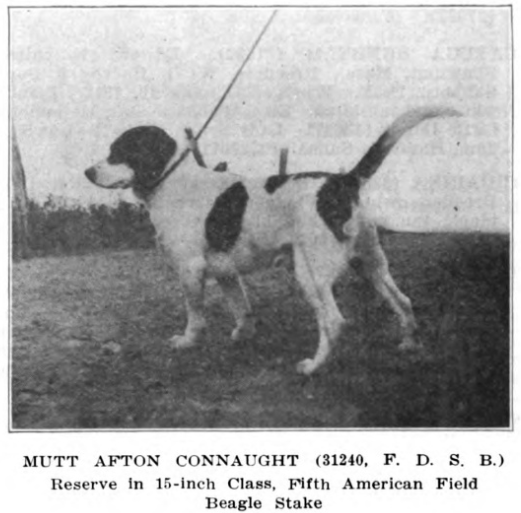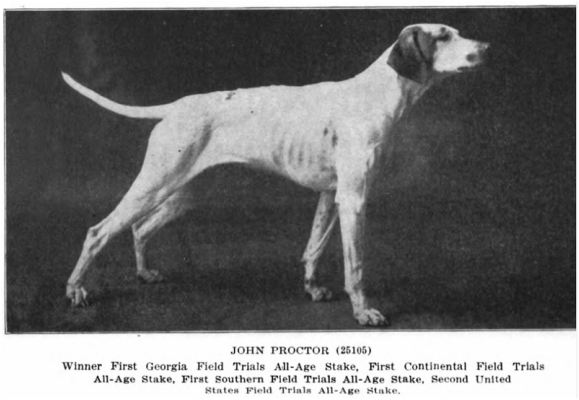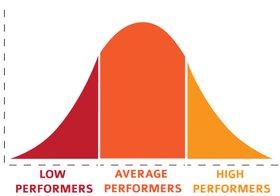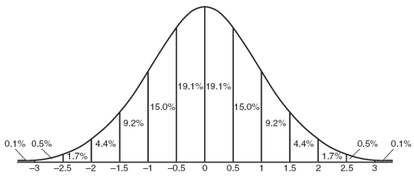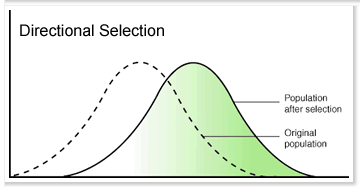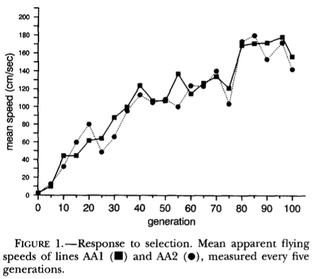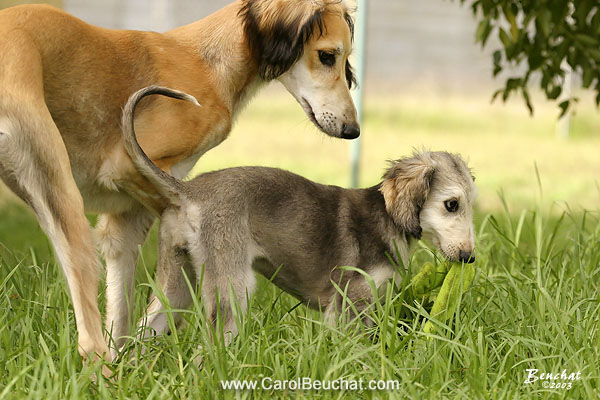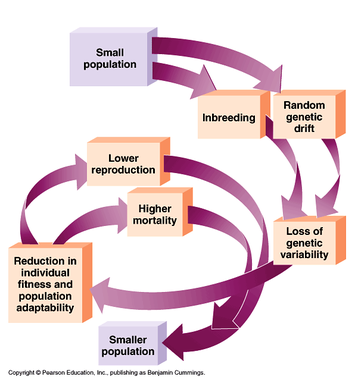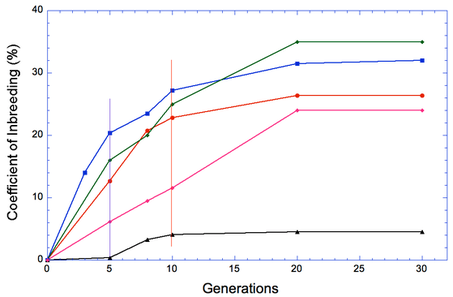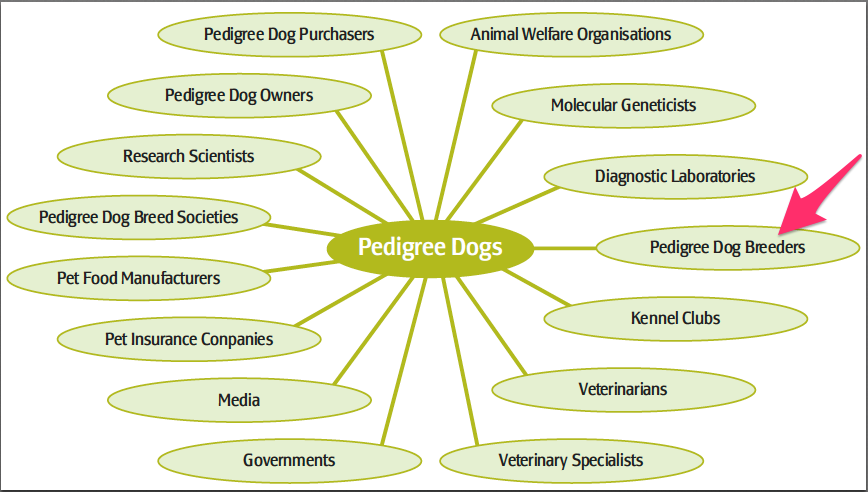| By Carol Beuchat PhD An accurate pedigree database back to the founding dogs is essential for genetic management. But for many breeds the early information is incomplete or missing entirely, and it's a real pain to have to travel to distant libraries to access dusty volumes so you can fill in critical gaps in the ancestry of your breed. More and more of these old volumes are being digitized, so I've created a section under "Resources" on the ICB website that will have links to stud books available online. Most of the AKC stud books from 1885 to 1922 are now available, as are the Field Dog studbooks. Remember that the breeds were not organized into groups as they are now, so the Field Dog series, which runs from 1900-1922 includes all manner of "field dogs", including terriers, hounds, and so on. |
To get to the stud books, look under the "Resources" tab on the ICB website or link in here -
http://www.instituteofcaninebiology.org/stud-books.html
You can learn more about the genetics of dogs in ICB's online courses.
*** Visit our FACEBOOK pages ***
ICB Institute of Canine Biology
...the latest canine news and research
ICB Breeding for the Future
...the science of animal breeding
